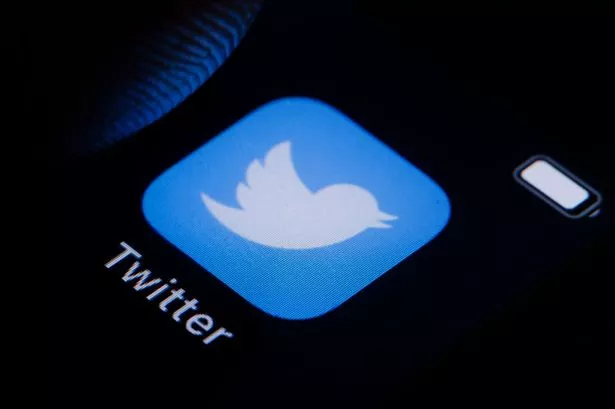Twitter, one of the world’s leading social media platforms, is facing backlash as it introduces limitations on the number of tweets users can read.
This move is believed to be a response to internal bugs rather than an effort to enforce verification.
However, the consequences of this decision may significantly impact businesses that rely on the app for client reach.
According to TechCrunch, Twitter owner Elon Musk recently acknowledged that the platform is grappling with “extreme levels of data scraping” from numerous organizations and instances of “system manipulation.”
Also read: ‘Big wig’ blogger Osama Otero sued for Twitter Space insults against rival Kalasinga
To combat these pressing issues, Twitter has implemented new constraints. However, Musk did not disclose the identity of those scraping Twitter’s data or provide specific details regarding the duration of the problem or the manipulation claims.
Musk took to Twitter to share the revised usage quotas. Initially, he stated that verified account holders could scroll through a maximum of 6,000 posts per day, while unverified users were subjected to a significantly reduced limit of 600 posts.
However, these numbers have since been adjusted to 10,000 and 1,000, respectively.
Newly registered and unverified users face even stricter limitations, with an allowance of a mere 300 posts per day, although this number has been revised to 500.
Also read: Twitter to share emails of subscribers with content creators
Moreover, Twitter recently began restricting access to the platform for anyone not logged into an account, adding to the technical hiccups the company is currently grappling with.
For businesses, this poses several challenges. One, it restricts the reach and visibility of their tweets. As users’ tweet consumption becomes limited, businesses must strive to craft compelling and impactful tweets that stand out amidst the noise.
It emphasizes the quality and relevance of the content shared, as each tweet needs to make a lasting impression in a shorter period.
Further, the tweet reading limit raises concerns about engagement rates.
With users potentially missing out on a significant portion of their tweets, businesses may experience a decline in interactions such as retweets, likes, and replies.
This can impact the organic reach of their content, potentially making it more difficult to gain traction and generate buzz around their brand or offerings.
Businesses that rely on real-time marketing strategies or conduct social listening to gauge consumer sentiment and trends may also face hurdles.
The limited tweet reading capability can impede their ability to capture and respond promptly to emerging conversations and industry developments.
Also read: Kenyan women in tech to battle for Sh23 million
Timely engagement and participation in trending discussions are crucial for businesses to stay relevant and maintain an active presence on the platform.
To navigate these challenges, businesses can employ several strategies. Firstly, optimizing tweet content to be concise, captivating, and relevant is key.
Aiming for greater engagement within the limited tweet consumption window becomes paramount. Using attention-grabbing headlines, multimedia elements, and interactive formats can help businesses maximize the impact of their tweets.
Also, businesses should consider diversifying their social media presence beyond Twitter. While Twitter remains a powerful platform, exploring alternative channels such as Instagram, LinkedIn, or industry-specific forums can provide additional avenues for connecting with their target audience and mitigating the impact of the tweet reading limitations.
Lastly, leveraging Twitter’s advertising features and targeting capabilities can help businesses reach a wider audience and amplify their message beyond the limitations imposed by the tweet reading cap.
Investing in paid promotion can ensure that critical updates and announcements receive broader exposure, enhancing the likelihood of attracting user attention and engagement.


